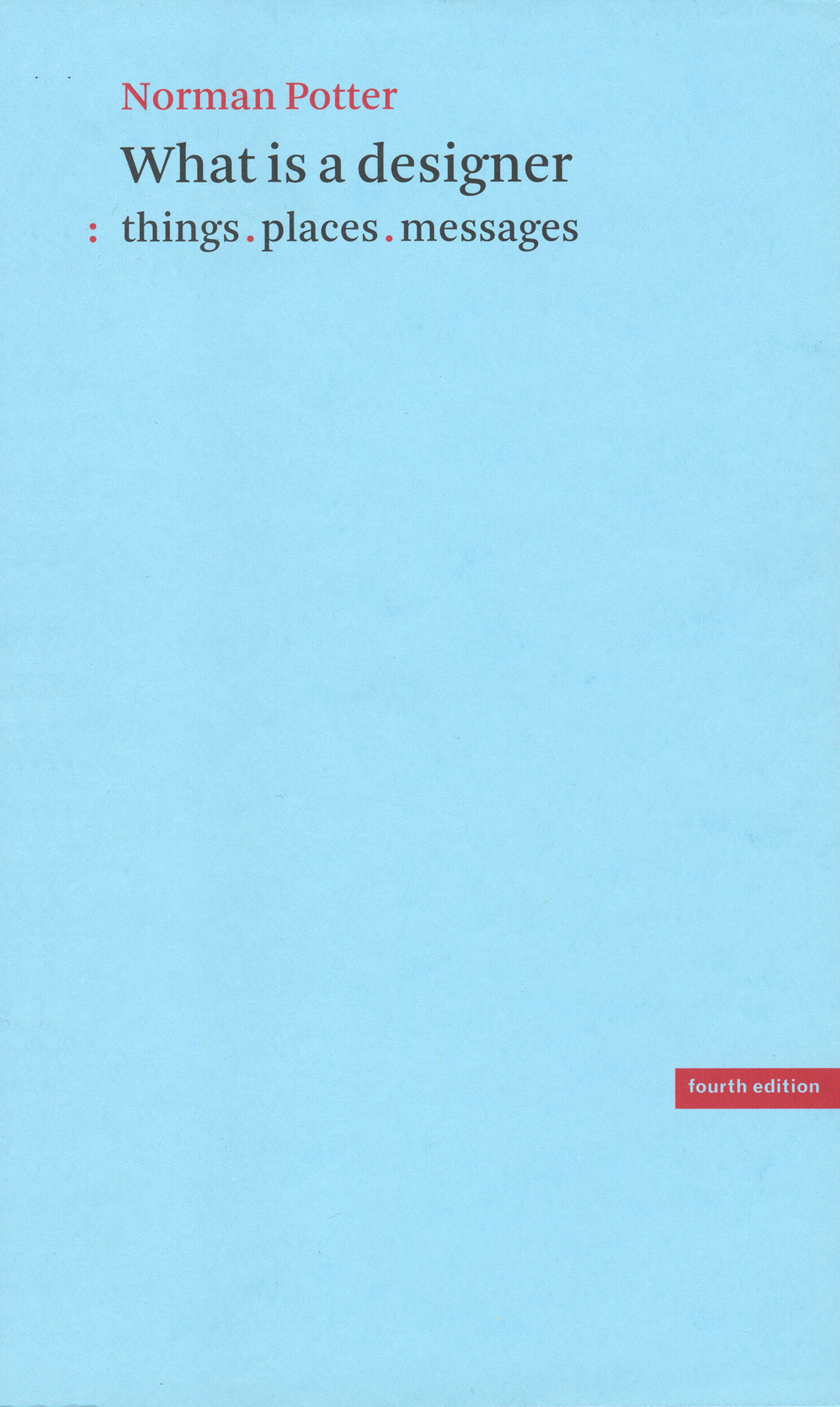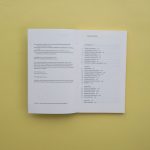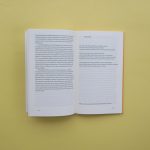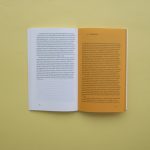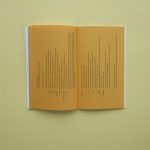This long-established title shows powers of self-renewal, as new young readers find in it a stimulus to thought and action unavailable from more showy, duller items. An urgent book, it combines high-flown generalities with often striking specificity of reference. It addresses especially students at further education level in every design discipline, including architecture.
Contents
Introduction
What is a designer?
Is a designer an artist?
Design education: principles
What is good design?
Problems with method
Designer as artisan
Reading for design
Summary: students as designers
[Reference section]
Explanation
How is design work done?
Communication for designers
Simple graphics: a strategy
Drawings and models
Survey before plan
Asking questions
Reports and report writing
Booklist
[Appendixes]
Advice for beginners
Questioning design
Conference report
Matchbox maxims
The Bristol experiment
Text references
Afterword
Index of names
Synopsis
What is a designer proposes what design could be: there is no question mark in its title. Potter’s book is unusual in combining elevated ideas with down-to-earth advice. The first edition was published by Studio Vista in 1969. The second edition, published by Hyphen Press in 1980, was a very different work: completely reset and with new chapters that doubled the book in extent. A third edition (1989) incorporated revisions and updatings, and included a new introduction in which Norman Potter considered his own position in the light of the tremendous changes of the 1980s: some sharp blows were delivered at ‘designer culture’. Now, after the author’s death in 1995, the book is reissued in what must be a final edition: the outdated references again excised, to leave the enduring core of Potter’s arguments.
The three parts of the book are signalled visibly by a change of paper colour. The first part contains a sequence of quite general essays. A number of central ideas are discussed here. Design is essentially a useful and modest art. The designer is at the service of the community. These principles should animate education. Potter casts a critical and sceptical eye over the realities of design education. In the reference section the book stands apart from other literature on design, in its discussions of the processes of getting work done. Finally there is a set of appendixes, prodding the reader into thought and action.
The book has no visual illustrations. By this means it achieves a greater generality of reference and – true to its critical principles – avoids giving readers models for imitation.
Reviews
Despite being aimed at students, it is clear – as Potter himself admits – that this book may also act as a congenial companion for the more expert. Indeed, it’s a book directed at anyone wanting to constantly redefine their role as a designer, to call to mind the freshness of spirit in which they first asked themselves questions about what they were doing.
Luca Ballarini, Label, no. 10, 2003
